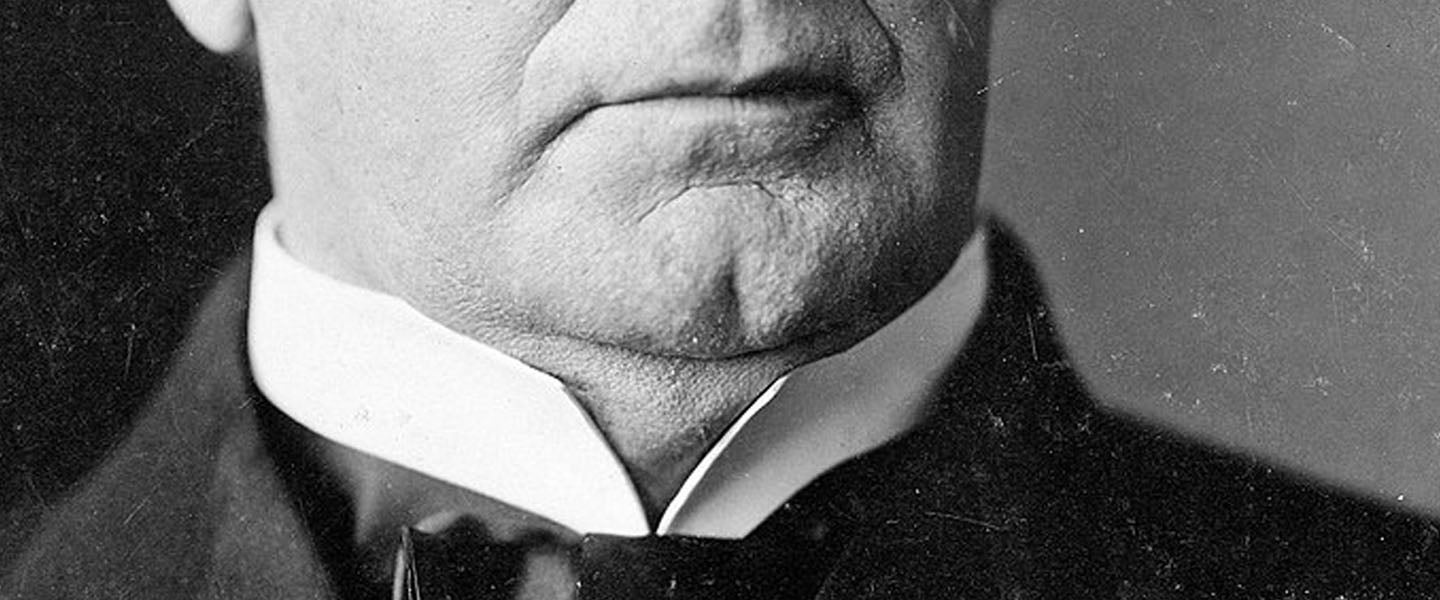“Hey, you have a cleft chin too.”
My face turned red. I hunched my shoulders. For five glorious years, I’d forgotten about the prominent divot right below my lower lip. But then, almost as soon as I met my coworker Magdalene Taylor earlier this month, she called me out.
Yes, it’s called a cleft chin, but to my middle school bullies, it was a “butt chin” — and I was its infamous owner. The butt jokes hounded me throughout my teens. Finally, the moment I left my private high school and its no-facial-hair policy, I started growing a beard. I needed a fresh start for college, and a chin wasn’t where I was looking to find butts.
So I hid my face. I guess I never quite shook the embarrassment.
Why is that? Maybe because science positions the cleft chin as a genetic failure. Cleft chins are the result of the two bones that make up the jawline line not fully fusing together. “Chin dimples are formed because of an underlying bone defect,” reads a 2018 report in the Journal of Clinical and Aesthetic Dermatology. Yikes. Usually, the only thing defective I’ll admit about myself is my dislike of dogs.
Perhaps I shouldn’t read scientific language so literally. Chester Griffiths, a specialist in head and neck surgery at Providence Saint John’s Health Center in Santa Monica, California, tells me a chin dimple is nothing to be embarrassed about. A genetic anomaly is not an abnormality.
“An anomaly is kind of a harsh word for having a defining unique developmental characteristic,” Griffiths says. “There’s no genetic predisposition. They just happen randomly.”
As a plastic surgeon, he removes a chin dimple by filling the divot with fat harvested from the abdomen. To create a chin cleft, he does the opposite, forming a fissure on the center of the chin. In his 30 years as a plastic surgeon, he’s removed two dimples and added one.
Whether your chin dimple is natural or implanted, it’s a pain to shave. Using a drugstore three-blade razor in high school, I often cut the top of my chin trying to get into the dimple.
Jason Cobb, a barber at Shaving Grace Barbers in Philadelphia, says to ditch the three-blade for a one-blade straight razor. “When you’re using a three-blade razor, that’s three passes on your face — pretty tough on the skin,” he explains. “With a single blade, that’s going to reduce irritation as well as get into tighter spaces.”
To be really effective, shave after a shower when your pores are relaxed. Then, finger your face. “You’ve got to stretch the skin,” says Justin Albrecht of Good Barbers in Boulder, Colorado. “Pull that skin tight and be sure your skin is moisturized and lubricated properly.”
Grooming issues aside, perhaps I should consider the long lineage of attractive men rocking a butt chin.
In the 1970s, Kirk Douglas made the chin dimple chic. “The cleft in the Douglas chin is, with the exception of the Grand Canyon, the most popular natural rift in America,” described the New Yorker in 2016, when the actor turned 100.
There’s also Andy Samberg, Ricky Martin and Henry Cavill. If Superman and his butt chin can save the world in his tight leather suit, then maybe it’s time I finally save myself from wasting energy worrying about a facial feature I can’t change.

Besides, I should listen to my butt-chinned peers. Magda happens to be proud of hers. “It’s one of those things I’ve had to work on, but cleft chins being considered unsexy and masculine has kind of come to work in my favor,” she tells me. “I’m this hottie young woman with a prominent cleft chin. I’m constantly performing the radical act of making cleft chins sexy.”
Turns out she’d meant it as a compliment when she called me out. My chin may be a genetic curse, but if it turns heads, who am I to deny myself the pleasure of holding your attention?

